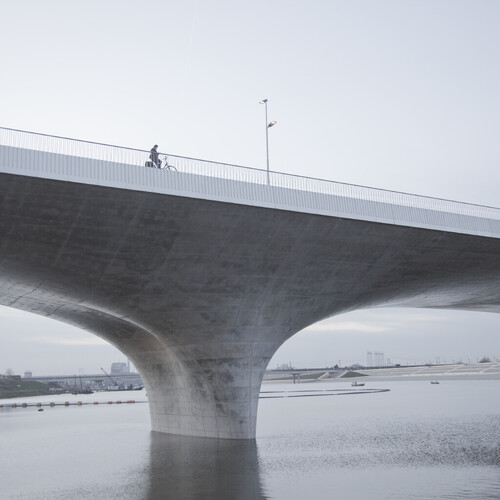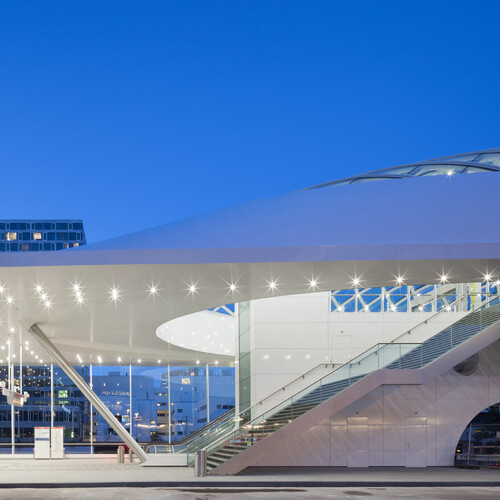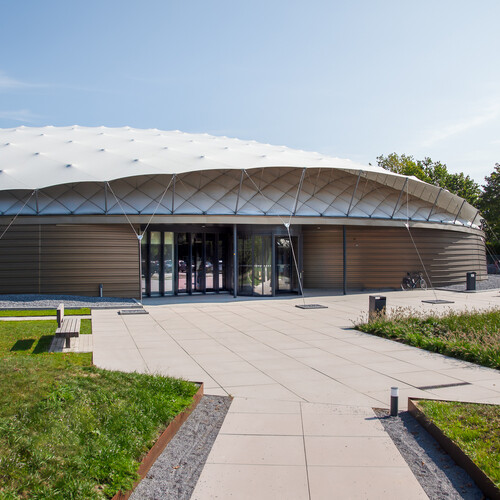29.11.2022
Traditional linear thinking has become outdated. As a result of today’s rapid digital advances, we are on the eve of an era characterized by the blurring of boundaries, disciplines and roles. Rob Torsing, Ralph Kieft and Anurag Bhattacharya of architectural studio ZJA have written a paper on the subject. ‘Super Integration: A cross-disciplinary approach towards design’ was recently published on the scientific platform Heron.
New opportunities for architecture
These days architects are expected to create designs and produce detailed plans in less time-consuming ways than before, while also innovating, adding value and ensuring sustainability. This requires substantial changes to design methods.
‘Today, the architectural design has become a complex workflow in which geometric, spatial, and technical datasets are filtered through simulation, analysis, and optimization processes, with the aim to create integrated parametric models that can generate an array of outputs ranging from energy usage to production and management.’
Exploring new design possibilities
Technology is one of the foundations on which ZJA is built. With reference to the Lightrailstation in The Hague, the Freedom Museum in Groesbeek and the renovation of the station Amsterdam Central, the authors illustrate how the architectural studio is continually developing in the field of computational design.
‘Our design workflows are a means to increase efficiency, while focusing on exploring new design potentials, largely driven by parametric or associative modelling. This has enabled us to advance our office’s philosophy of design and technology integration such that structure, material and production methods become the foundation of creative thinking.’
Want to know more? Read the whole paper here.



